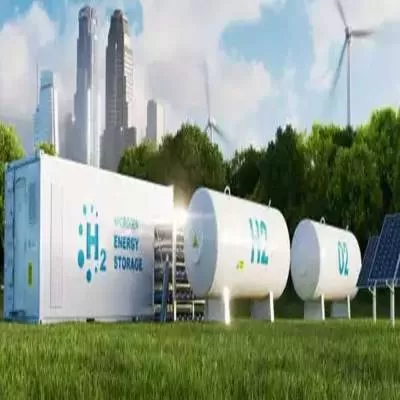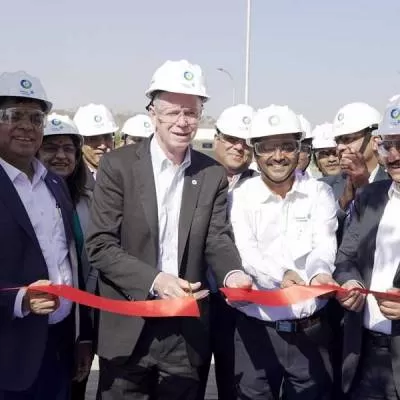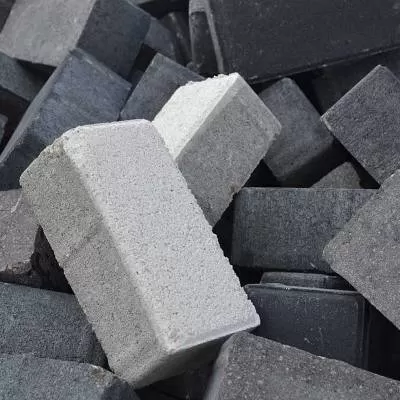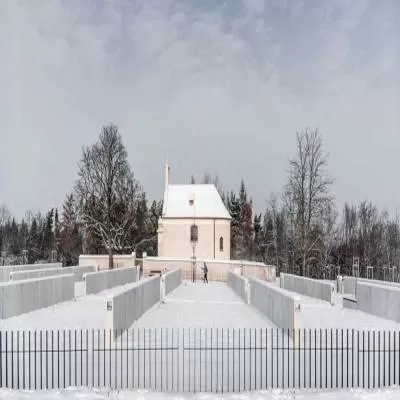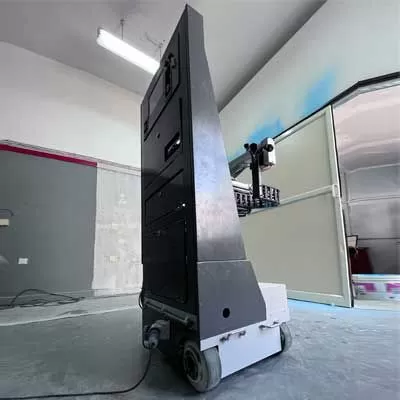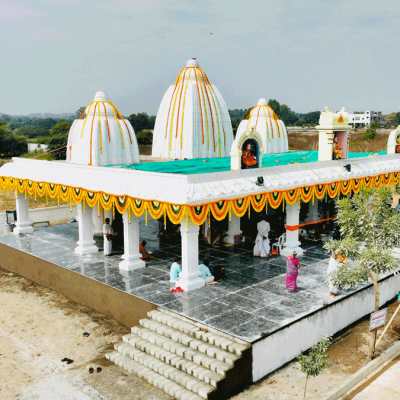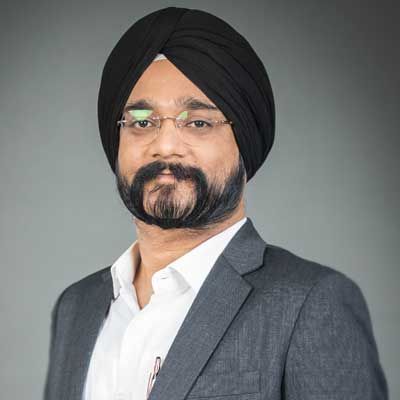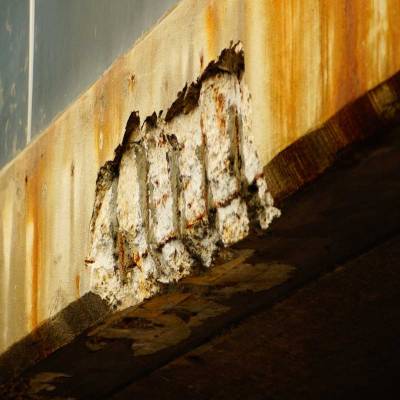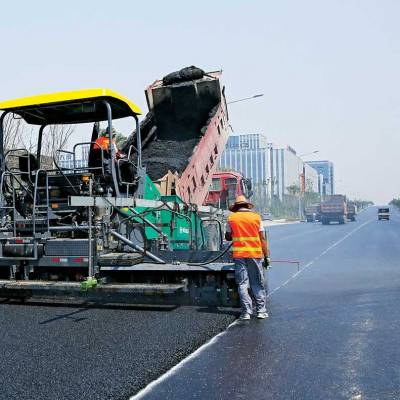- Home
- Building Material
- Concrete
- Designing and Building a Sustainable Working Environment
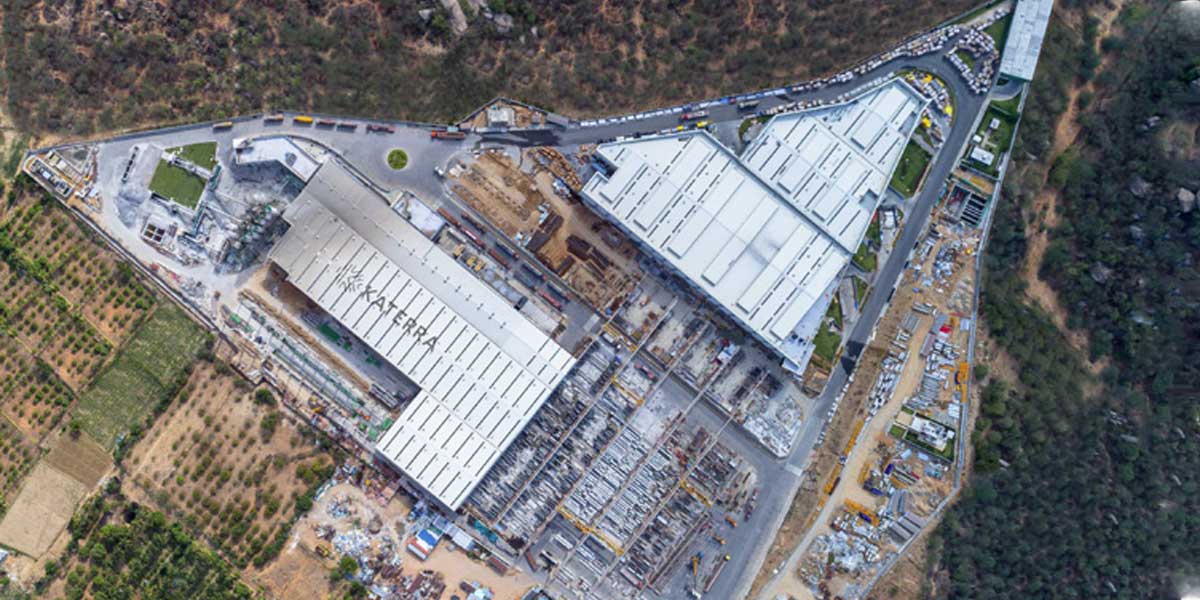
Designing and Building a Sustainable Working Environment
Read full article
CW Gold Benefits
- Weekly Industry Updates
- Industry Feature Stories
- Premium Newsletter Access
- Building Material Prices (weekly) + trends/analysis
- Best Stories from our sister publications - Indian Cement Review, Equipment India, Infrastructure Today
- Sector focused Research Reports
- Sector Wise Updates (infrastructure, cement, equipment & construction) + trend analysis
- Exclusive text & video interviews
- Digital Delivery
- Financial Data for publically listed companies + Analysis
- Preconceptual Projects in the pipeline PAN India
- R&D
- COVID-19 pandemic
- RAVI BHAT
- JLL
- 66 per cent
- lockdown
- COVID-19 crisis
- construction industry
- technology
- infrastructure
- create sustainable building
- formwork
- bracing
- packaging and debris
- DfMA
- Building elements
- including 2D elements like walls
- columns
- beams
- Katerra Prestressed concrete floors
- Infosys
- Embassy Group
- Bosch
- Microsoft
As most traditional buildings in India are not designed to be sustainable through their life-cycle, we need to invest in R&D to improve building design, writes RAVI BHAT.With the onset of the COVID-19 pandemic, countries across the world experienced lockdowns to flatten the curve. This revolutionised the way people work, especially those in the organised sector. Most employees in the organised sector continued to work during the lockdown, but from home. Overnight, physical interaction and collaboration reduced to online meetings and calls over Skype and Microsoft teams.According to a recent report by JLL, 66 per cent of employees in India immediately shifted to working from home after the outbreak of the pandemic. While 30 per cent of the Indian working population has said that the lockdown has given them an enhanced opportunity to balance their work and life, as much as 41 per cent of them are missing the professional environment.As things have begun to slowly unlock now, India, like most countries in the world, is working diligently to manage the COVID-19 crisis while offering a sustainable working environment to its employees by implementing safety measures at the workplace to check the spread of the disease.Rising need for sustainable workspacesEven today, there are MNCs showing interest to invest in India and grow their footprint in the country. This indicates there will be a significant requirement for sustainable offices and tech parks across the country in coming years. Thus, it will be essential to build restorative sustainable environments where building occupants feel safe, comfortable and secure.All spaces we occupy will see a design rethink. Offices will look at more space per employee; open office designs will have to be made more adaptable to social distancing. We will have to relook at materials, air-conditioning, elevators, and see how we can ensure they do not become infectious carriers.However, the sustainability story is not limited to just having a workable office space; it begins from having improved infrastructure, energy, potable water, waste handling, and disposal during construction. We need to strive to make resilient real-estate decisions, save on costs, and reduce the carbon footprint.We strongly believe that the construction industry in India has tremendous potential like China, the UK, Europe and countries in the Middle East to embrace technology-based construction methods to build world-class infrastructure faster and better than ever before.Infusing technology to create sustainable buildingSeveral global studies have highlighted that technology-driven offsite construction and modular buildings are far more sustainable than traditional construction. The use of prefabricated factory building components can reduce water usage by 60 per cent and minimise material waste by 30 per cent. It also protects urban communities from traffic congestion, dust pollution, and noise nuisance – as no construction is done onsite, only the installation of finished components. Material savings in offsite construction are also achieved by reducing excessive formwork, bracing, packaging and debris, which are often seen accumulating in cast-in-situ sites. Katerra is bringing these global advantages to India through our offsite mega factories.We are a design-led company and have always believed in bringing holistic designs into the industry in a big way. Designs need to be value-engineered with the philosophy of Design for Manufacturing and Assembly (DfMA). Building elements, including 2D elements like walls, columns, beams, etc, and fully finished 3D elements like bathrooms, kitchens, rooms, staircases, and even lift shafts and modular MEP must be designed and optimised for factory assembly line production. DfMA ensures that the customer’s design requirements are met while balancing quality and performance. Apart from that, DfMA also allows for better space planning.Additionally, we have invested considerably in R&D to improve building design. Most traditional buildings in India are not designed to be sustainable through their life-cycle. Aesthetics are often given more importance than the environment.Committed to meeting industry demandsKaterra is committed to environmental stewardship. We understand construction has a high impact on the environment. Thus, in India, Katerra is designing more sustainable buildings that are material-efficient and offer better durability and strength.For example, conventionally built structures need more columns and beams at regular intervals for support and strength, resulting in a higher carbon footprint. At Katerra, we use prestressed concrete elements in construction projects, allowing for large unsupported spans. Prestressed concrete floors can span 16 m without intermediate supports. Prestressed hollow core planks bring in resource-saving of over 50 per cent less concrete and 75 per cent less steel usage versus solid concrete floor slabs.Energy conservation is another critical advantage of Katerra building components. We combine thermal insulation in elements to deliver long-term energy savings. Katerra also recycles all waste material, resulting in less material being sent to landfills or dumped into the environment.We have witnessed keen interest in a technology-driven approach among players, where construction completion time is critical to business success. Companies like Infosys, Embassy Group, Bosch and Microsoft are building offices in India using a combination of DfMA, prefab and offsite manufacturing because it delivers better quality, speeds up delivery by 50 per cent, and is more sustainable. The advent of COVID-19 has made more companies consider a shift from traditional construction to prefab solutions. However, the road ahead is not easy; adopting these globally acknowledged construction technologies will mean a significant shift of mindset in an industry that has been mostly reticent to change.About the author: Ravi Bhat is Katerra India’s President and leads strategic growth and operations for the business in the country. Prior to this role, he headed manufacturing operations and construction projects in India and the Middle East at the firm. He has over 25 years of experience managing cross-functional, global teams across India, China, South East Asia, Brazil, Europe, and the Americas. He has strategic and operational expertise in manufacturing, supply chain and M&A.To share your views, write in at feedback@ConstructionWorld.in


